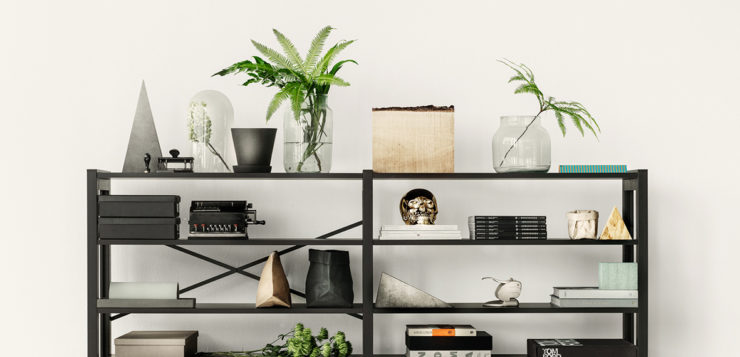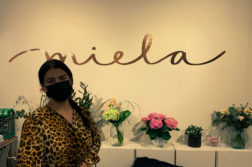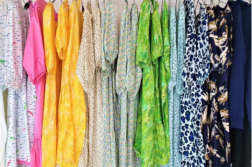In 28.3.18 we had a quest, Karri Koskelo visiting from Lundia-design company at the global fashion business lecture. Lundia was originally founded in 1948 and so they have been in business for seventy years this year. Back then, when the company first started, all the bigger furniture in homes were so heavily built they were almost solid parts of the apartment’s and people couldn’t take their furniture with them when moving. This was a problem that the founders of Lundia wanted to offer a solution for. The process of designing light and easily moved yet extremely durable furniture began. The same design philosophy applies in the company’s values also today. The words describing the brand are expand, adapt and supplement. These words are telling Lundia’s customers about the purpose and story of their furniture. These words are also the factors Lundia is determined to pursue in all their designs.
But the path hasn’t been easy. Lundia has had difficulties in finding its customers and differentiating their brand from others. The market was full of fast moving big brands and furniture companies that were offering consumers large variety of home decor products. Also, Lundia was trying to attract customers by producing everything from bed sheets to candles, which made the brand image much more unclear and less tempting. In the end Lundia wasn’t capable in keeping up with fast changing trends and times, and their designs started to appear as outdated.
Six years ago, Lundia reached a point where something had to be done in order to save the business. Lundia -company and brand went through mature changes. They decided to close most of the stores they had, and completely change the concept of the three they kept. They launched a whole new concept for their products and the product range was cut and divided into only five product groups. They realized that brands most valuable asset was difference and it was better to concentrate on those few truly good products and branding them properly with a great story.

Now, Lundia has over 35 retailers, three stores of their own and ever-growing market section online at their webstore. After the extreme changes in the branding they have been apple to keep up with trends appearing as fresh and desirable high-quality brand. One of their main target groups is 50-80-year-old men looking to by spear parts for their excising Lundia. But as a new customer group they have been apple to attract 30-something couples interested in home décor, to buy furniture from their webstore. Lundia is also trying to expand their export business by trying to find new retailers from all around the world.
They are having some issues in the foreign retail business, as the Lundia- name is not registreted for them in very many countries. During the GFB lecture there was a discussion about whether Lundia should have changed their name at the time of re-branding. Some people at the lecture thought it would have been smart to change the name of the company, to get a fresh start without the untrendy brand image Finnish customers had. And to be apple register their name in more countries. To this Karri responded that the possibility had been considered but they had decided to keep the Lundia name, because having a new name would have meat having to start the whole branding from scratch. Personally, I think they made a wise choice. As a younger person I don’t have such a negative image of the brand, in fact if someone would have asked me about Lundia, I would have told them it’s an old Finnish design company that makes shelfs that never brake and that are traditional and very high quality. I think having a brand associated so strongly in high quality and durability is truly very valuable asset. Chancing the style of the products must have been much easier than having to re-brand those values of quality and tradition. Young new customers might have been more difficultly convinced that the company was reliable or that the products were truly made in Finland.
Karri thinks that the challenge of small design companies is the lack of recourses for product development and testing. In order to create production efficient products, the designers must simplify the production line and pay extreme attention in every detail in the design process. Cutting down the product range and varieties also helps small companies in launching new products to the markets. This way the final cost of the product won’t get too high and the products can still be manufactured to last from the best available materials. Like Lundia, that produce’s all their furniture mainly in Finland and by hand!

Peppi Kotiranta





Discussion1 Comment
Peppi, oot ihana!